Drought-Tolerant Trees for the Pacific Northwest
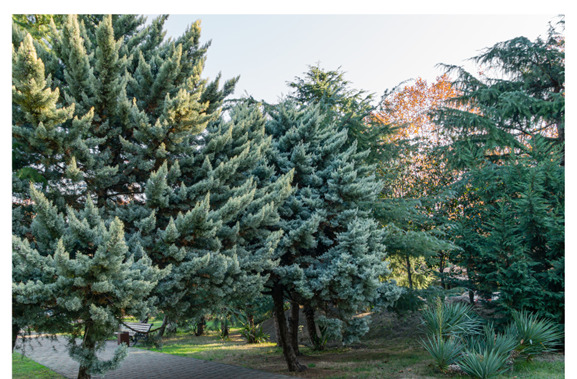
The Pacific Northwest is known for its wet winters and dry summers, making it hard to find trees that are good in drought. But there are plenty of drought-tolerant trees that are native to the region, as well as some non-native varieties that can thrive in our climate.
Unfortunately, the prolonged drought we are beginning to experience could have long-term and potentially devastating effects on our forests. A single season of drought-induced stress may not be enough to kill a tree, but repeated exposures can be fatal. Newly planted trees are particularly vulnerable to these conditions, and weakened trees are more likely to succumb to disease or insect infestations.
According to some climate projections, annual average global temperatures could rise between 1.5 and 7 degrees Celsius (2.7 to 12.6 degrees Fahrenheit). The winters are expected to be wetter and summers to be dryer.
The Pacific Northwest is home to some of the most diverse coniferous trees in the world. Their deep root systems are better able to reach moisture in the ground, making them more resistant to drought conditions. Their ability to withstand cold temperatures and high winds makes them ideal for the region’s climate.
Here are just a few of the drought-tolerant trees that do well in the Pacific Northwest Landscape:
- Maidenhair Tree (Ginkgo biloba) – The Ginkgo tree has beautiful fan-shaped green to yellow leaves. It is a popular fall specimen tree and grows 25-50 ft. tall and 25-35 ft. wide.
- Golden Rain Tree (Koelreuteria paniculata) – This is a small deciduous tree with a rounded canopy and bright yellow flowers in summer. It can grow 30 to 40 feet tall high and equally as wide.
- Dwarf Strawberry Tree (Arbutus unedo ‘Compacta’) – This popular tree has reddish peeling bark and pinkish-red fruits similar to strawberries. This tree is a slower grower, about 8-10’ tall and wide at maturity.
- Western Redbud (Cercis occidentalis) – his native plant has bright pink flowers in spring and green, heart-shaped leaves. It grows to about 10-18’ tall and wide.
- Incense Cedar (Calocedrus decurrens) – This popular evergreen is a dense conifer that grows 70-90’ tall and 50’ wide.
- Bur Oak (Quercus macrocarpa) – This hardy oak can grow to a height of 70–80′ and a spread of around 80′ at maturity. It has textured bark and large acorns for wildlife.
- Eastern Red Cedar (Juniperus virginiana) – This heat-tolerant evergreen can grow to a height of 40–50′ and a spread of 8–20′ at maturity.
- White Fir (Abies concolor) – This fairly slow-growing fir tree can grow to a height of 30–50′ and a spread of about 20′ at maturity. It is also not bothered by pests.
- Japanese Zelkova (Zelkova serrata) – This medium to large deciduous tree typically grows to 50-80′ tall and is often used as a street tree or shade tree.
You can plant drought-tolerant trees with other drought-tolerant plants in the garden. Drought-tolerant trees still need nurturing for the first three years. They’ll be less stressed if planted in late winter or early spring. Don’t forget to water your trees while they’re getting established. Continue to water them even after established.
If you need help with tree planting or other tree care services, call us at 360-574-4125.

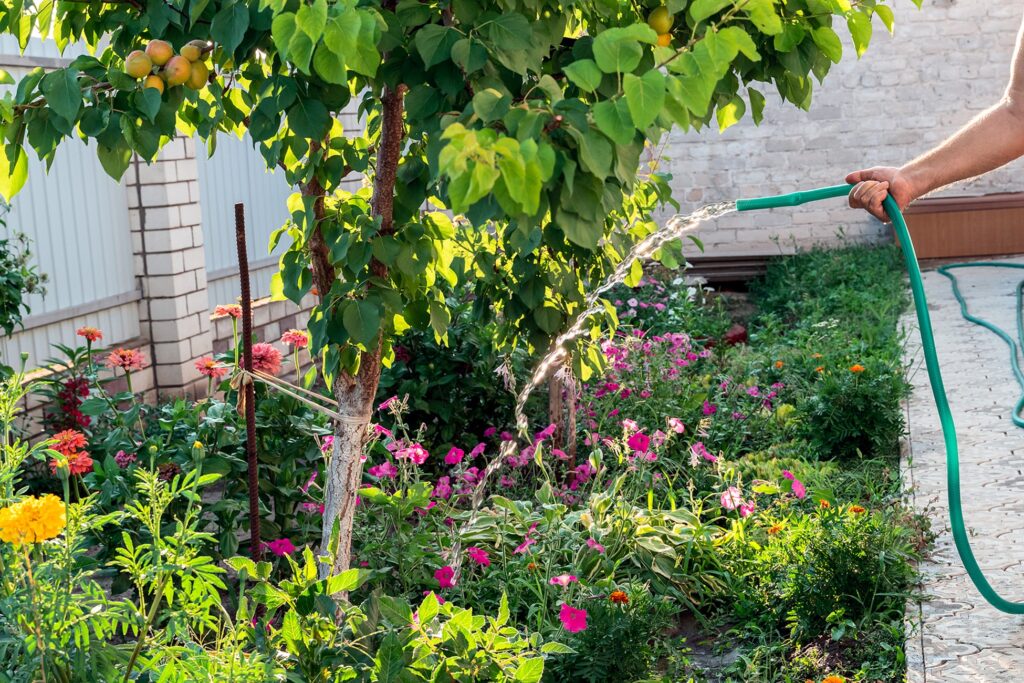
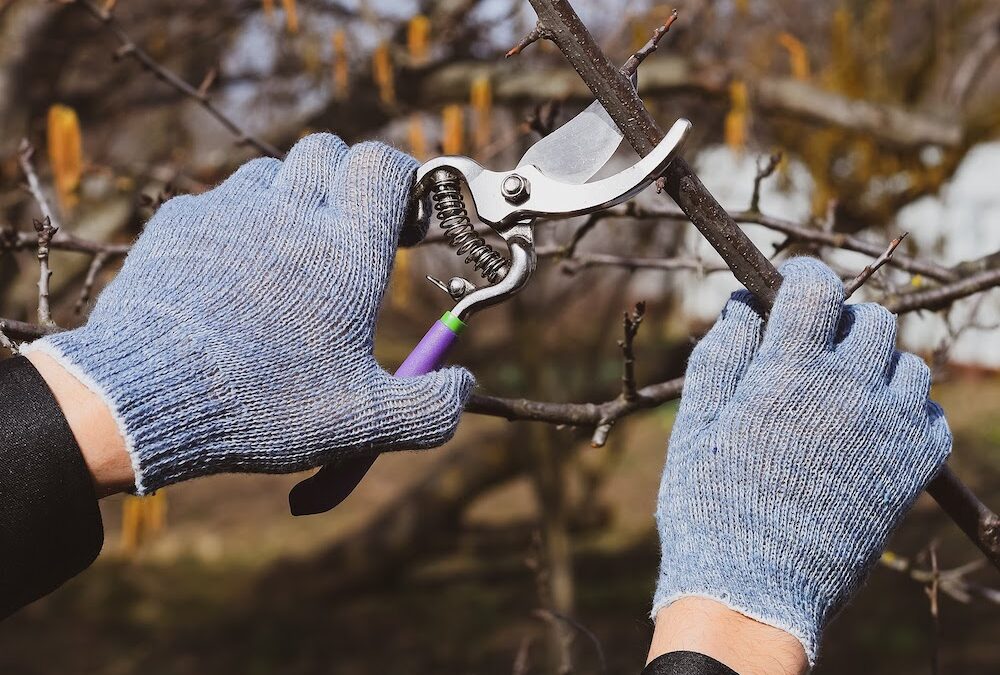

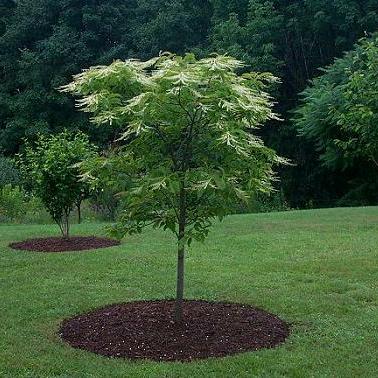
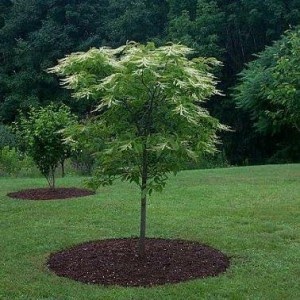


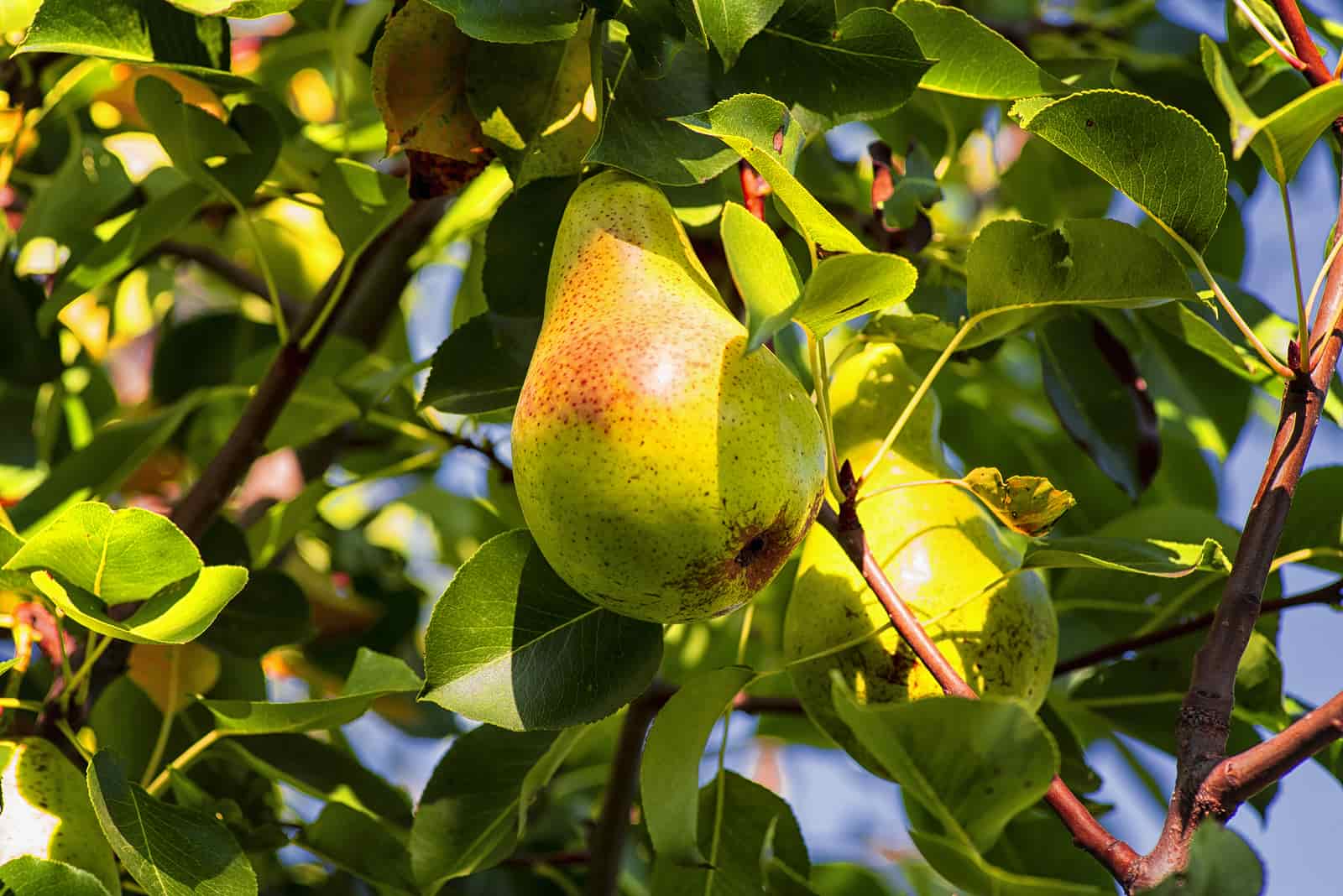

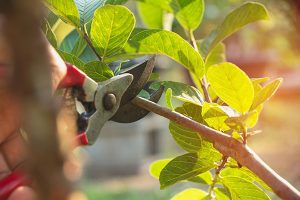 While pruning is the most common tree maintenance project, we don’t recommend doing any heavy pruning in summer, as any high temperatures can damage freshly pruned trees & plants. We always want to keep the nature of the tree in mind – incorrect pruning can permanently damage or kill the tree’s life.
While pruning is the most common tree maintenance project, we don’t recommend doing any heavy pruning in summer, as any high temperatures can damage freshly pruned trees & plants. We always want to keep the nature of the tree in mind – incorrect pruning can permanently damage or kill the tree’s life.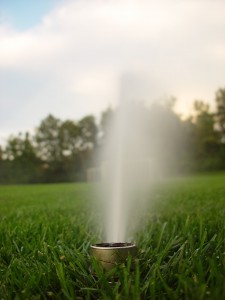 As
As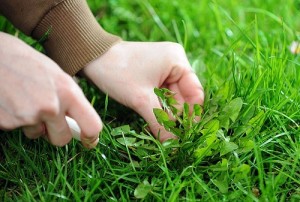 Getting rid of weeds is always at the top of everyone’s spring/summer garden care priorities. If you don’t start removing weeds now, you’ll spend all summer trying to get rid of them. Everything is having a growth spurt right now, including the weeds. They can be left over ones from last year, or new ones that sprouted in cool weather. Either way – get rid of them now. It seems like every few hours, some new ones are popping up. Try to dig out the entire plant, including the roots, and pull them up BEFORE they make seeds. They’ll be easier to remove before the ground gets harder when the weather gets drier. If it gets out of control, or you just need a little professional help, our
Getting rid of weeds is always at the top of everyone’s spring/summer garden care priorities. If you don’t start removing weeds now, you’ll spend all summer trying to get rid of them. Everything is having a growth spurt right now, including the weeds. They can be left over ones from last year, or new ones that sprouted in cool weather. Either way – get rid of them now. It seems like every few hours, some new ones are popping up. Try to dig out the entire plant, including the roots, and pull them up BEFORE they make seeds. They’ll be easier to remove before the ground gets harder when the weather gets drier. If it gets out of control, or you just need a little professional help, our
